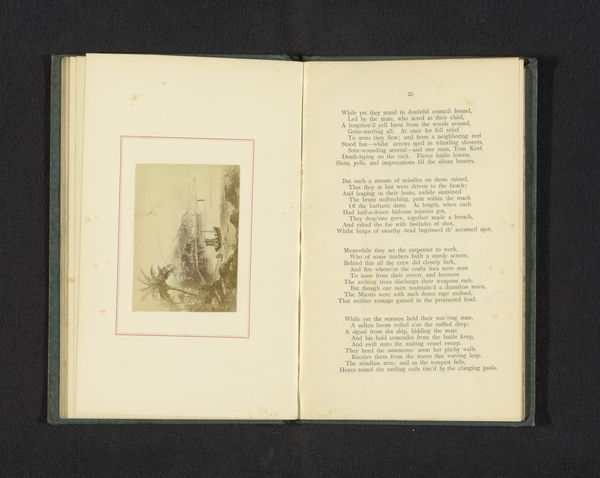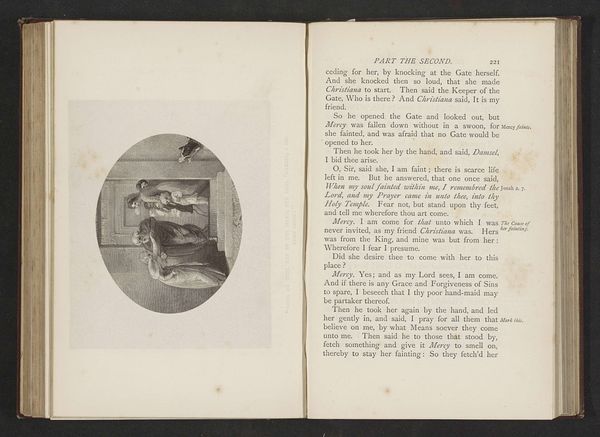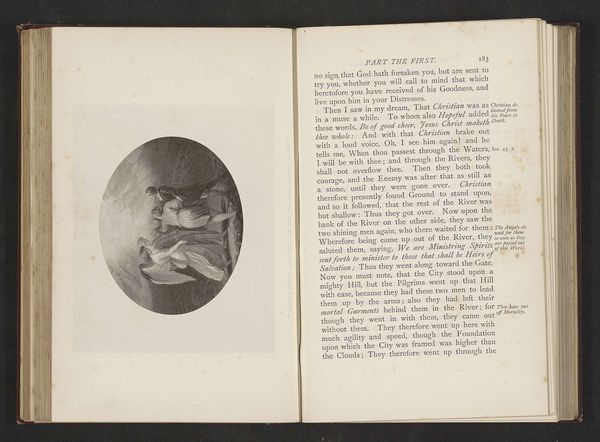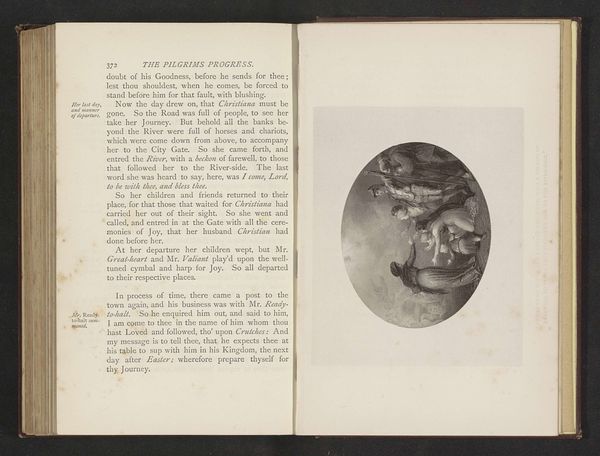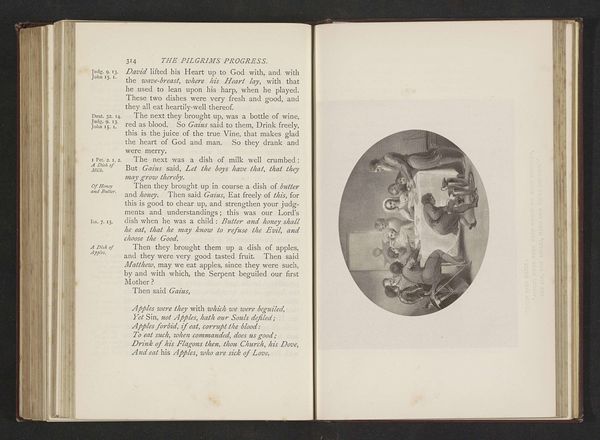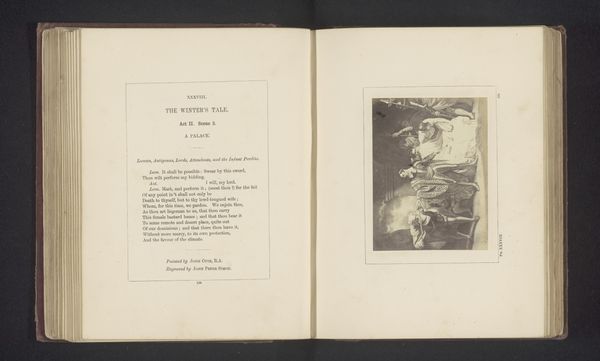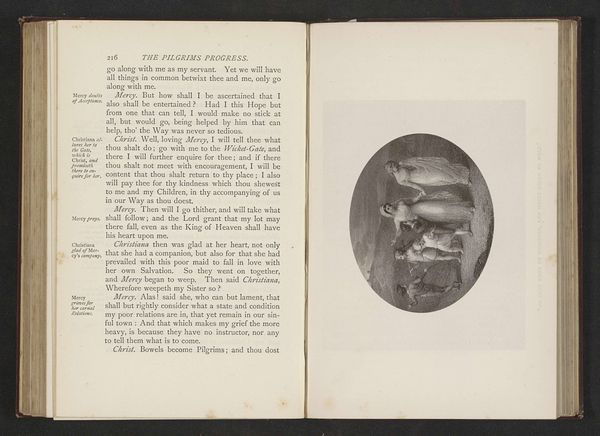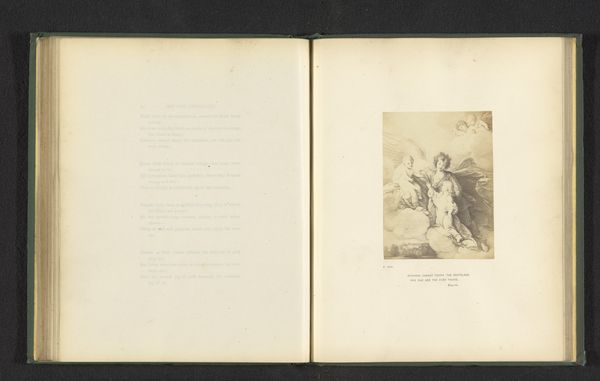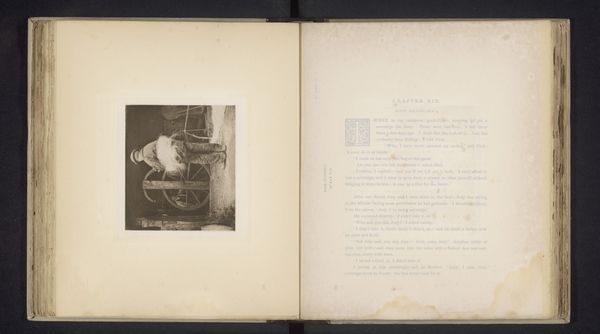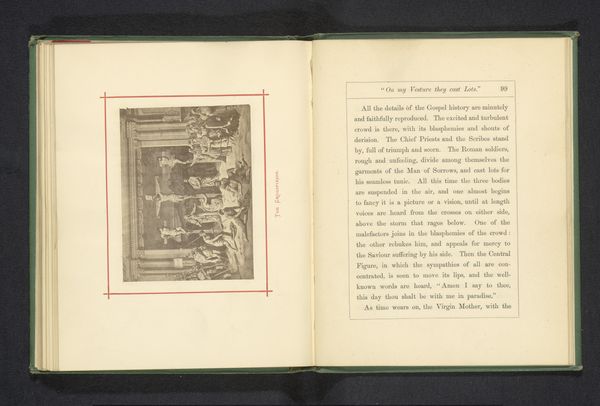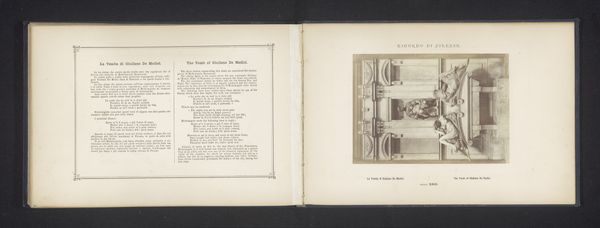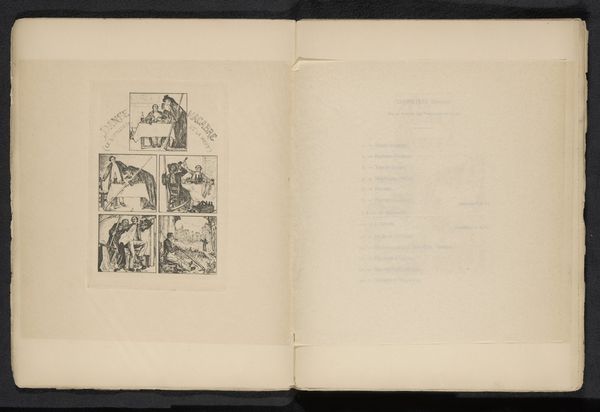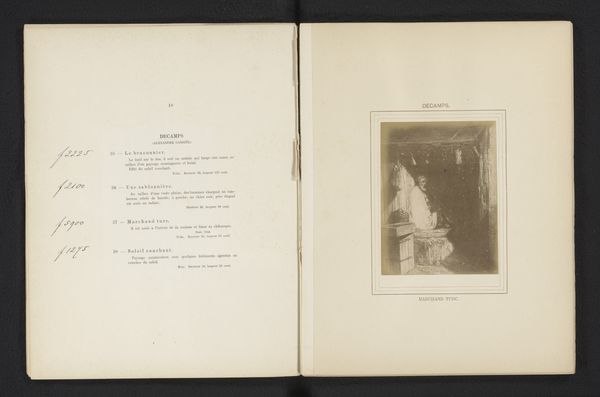
Fotoreproductie van een schilderij, voorstellende een man naast een haardvuur before 1871
0:00
0:00
Dimensions: height 60 mm, width 61 mm
Copyright: Rijks Museum: Open Domain
This reproduction by Flaglor and Perkins presents a man seated by a hearth, a scene steeped in domesticity, yet hinting at deeper, primal themes. Fire, the central motif, has been a symbol of warmth and destruction, a duality echoed across cultures. Consider the hearth as the Roman Vesta's sacred flame, symbolizing the home, family, and state’s well-being. Yet, fire is also linked to the underworld. This duality isn't unique; in ancient Greece, Hestia guarded the home, and in Zoroastrianism, fire is a divine entity. It mirrors our inner psyche, both comforting and consuming. Here, the man’s contemplative posture invites introspection. Is he drawn to warmth or lost in contemplation? This image engages us on a subconscious level, stirring ancient memories and emotions. The cyclical nature of symbols like fire reveals how they resurface and evolve, embodying new meanings across time.
Comments
No comments
Be the first to comment and join the conversation on the ultimate creative platform.
